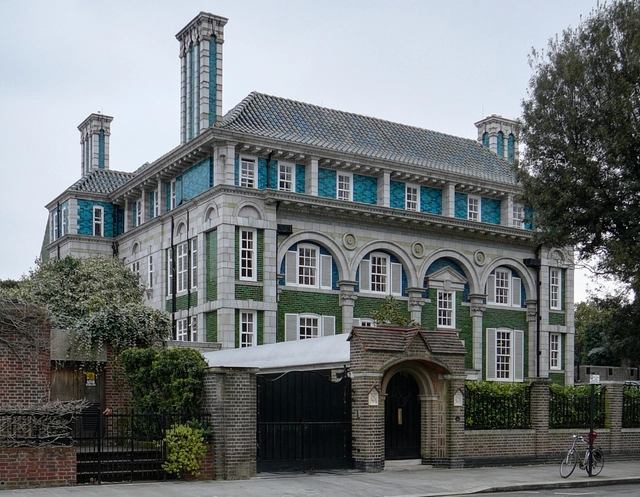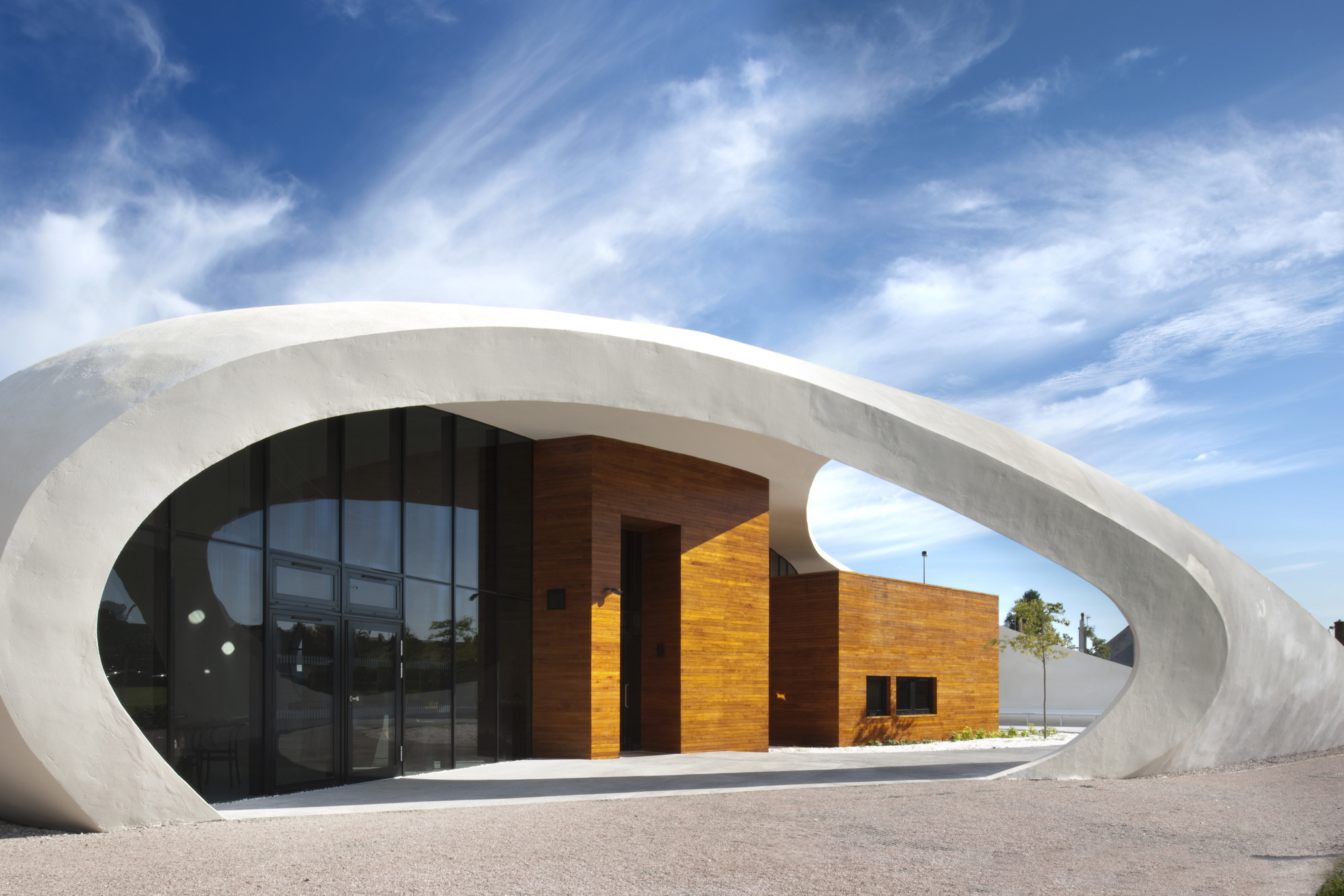
As a “global capital,” London is home to some of the world’s most influential people, architects included. This fact has recently been laid bare by the London Evening Standard newspaper, whose list of the 1000 most influential Londoners features 30 architects, big and small, who use the city as a base for producing some of the world’s most celebrated architectural works.
Below, we have rounded up the 30 most influential architects in London, complete with examples of the architectural works which have put them on the city and world map.




















